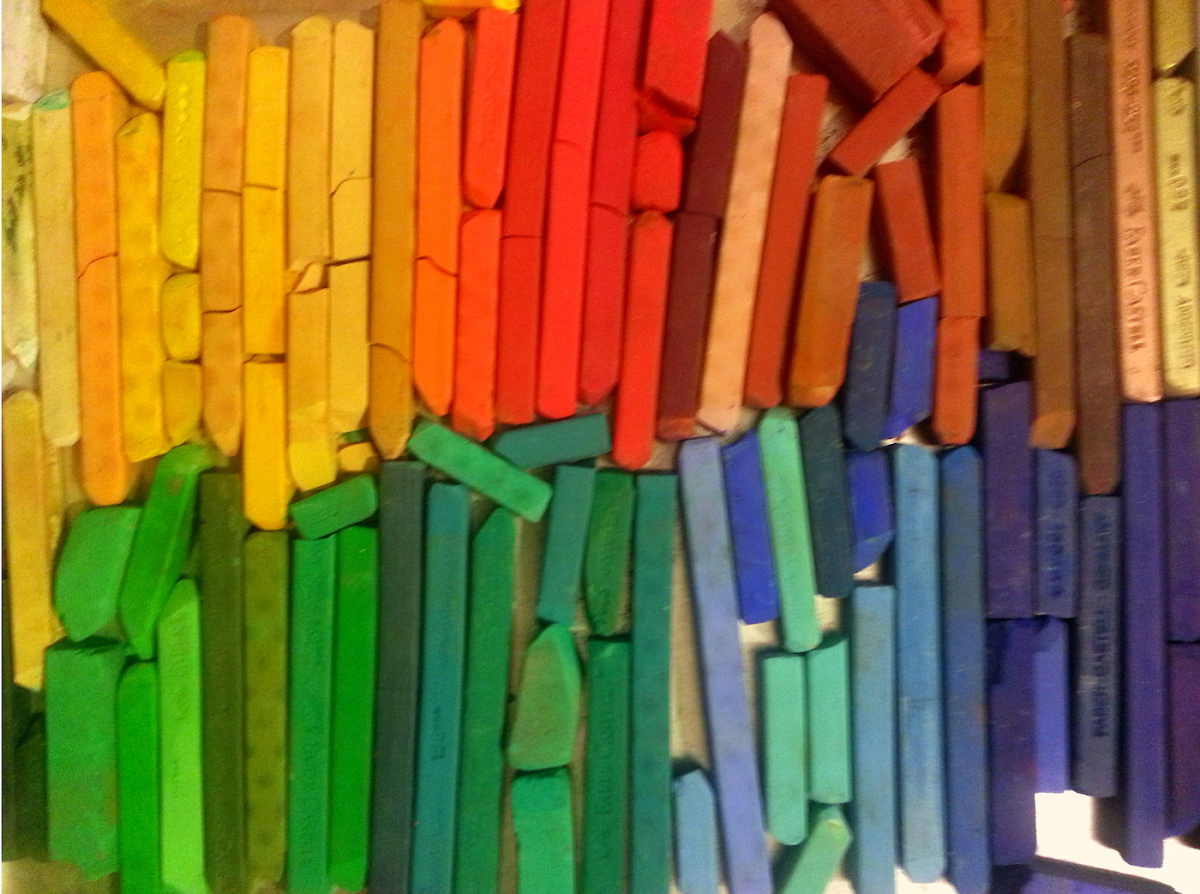Over the years there have been many conversations about the toxicity of some art materials, leading to a number of products being banned, or at least regulated.
Lead poisoning (found in certain paints) was not unusual in the past, as were respiratory issues prior to the encouraged use of ventilators, and what is often called ‘tradie’s cancer’ – cancer of the bladder thanks to exposure to toxic solvents and glues.





